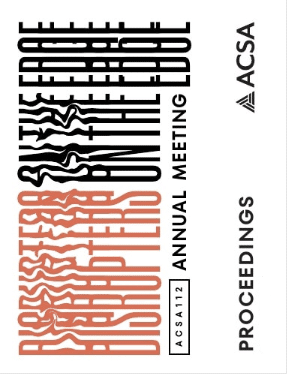Author(s): Elizabeth Farrell Garcia, Mackenzie Stagg, & David Hinson
Residential energy consumption comprises the largest market sector in the US, totaling almost 40% of US energy sales1. Increasingly-advanced design tools for modeling assemblies, energy consumption, and embodied carbon have vastly changed the design and construction of high-performance housing and present a rich opportunity to reduce energy consumption through incorporation of energy efficiency measures in residential buildings. However, in the market sector of affordable, single-family housing, the value of implementing high-performance measures can be more difficult to assess. Frequently, housing “affordability” is addressed by simply reducing up-front construction costs. Consequently, one of the primary barriers to delivering high-performance homes in the affordable market is the additional up-front cost that these performance “upgrades” necessitate. This research theorizes that targeted increases in construction costs can enhance affordability when they are considered as a variable in the total cost of homeownership.
As part of an in-depth study and cost-benefit analysis of constructing homes to multiple beyond-code standards, this line of research studies heat transfer across key assemblies in a pair of houses built to two different beyond-code energy standards. The research team evaluated the cost to construct key envelope elements directly related to beyond-code performance improvements and considered the correlation between the cost to construct key details and impact on energy consumption. The team identified areas where significant heat loss could occur within the building envelope and selected locations where investments in beyond-code performance was greatest. Using remote sensors to monitor wall and floor surface temperatures and ambient interior and exterior temperatures, the team measured heat transfer through the assemblies relative to the energy required to condition the space.
Implementation of energy efficiency measures in affordable housing requires consideration of multiple factors beyond initial construction cost. This study analyzes key details and assemblies to gain a clearer understanding of thermal transfer through these assemblies to determine if reductions in construction cost and simplifying constructability can yield similar performance results.
https://doi.org/10.35483/ACSA.AM.112.2
Volume Editors
Germane Barnes & Blair Satterfield
ISBN
978-1-944214-45-6

 Study Architecture
Study Architecture  ProPEL
ProPEL 
